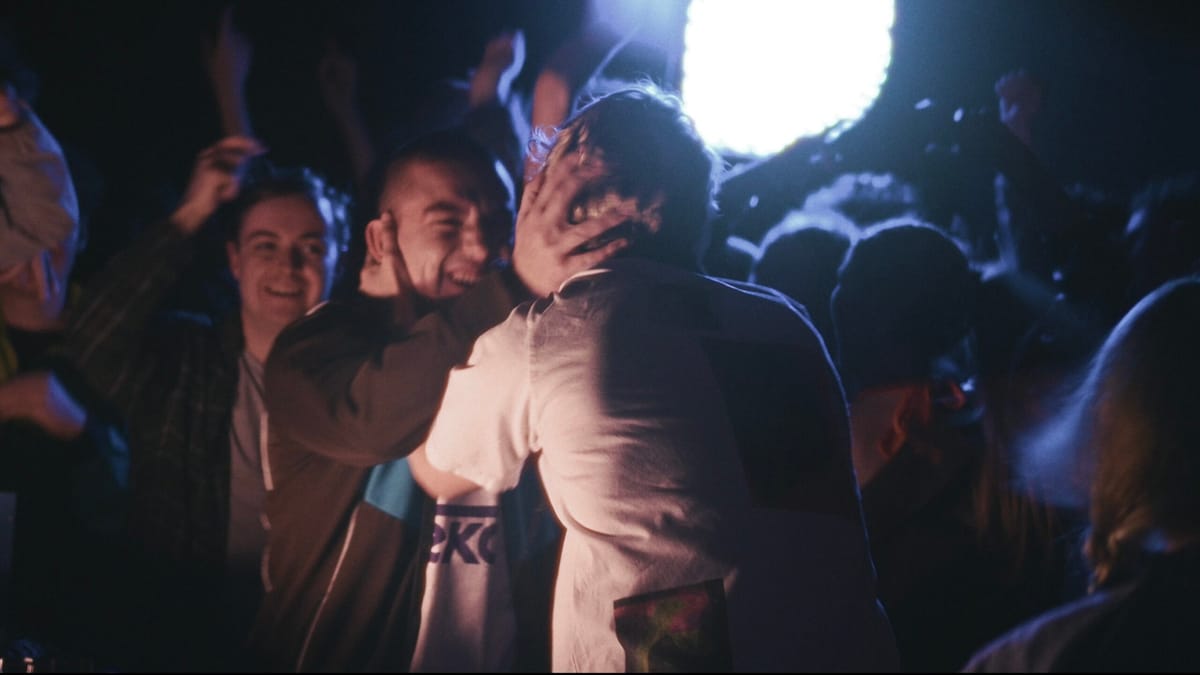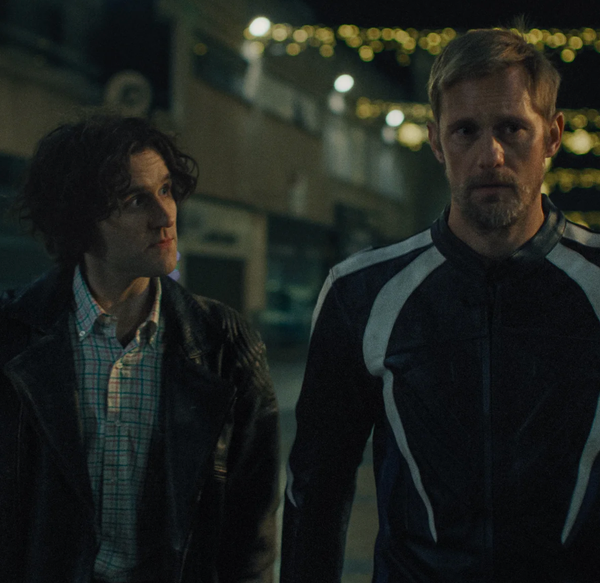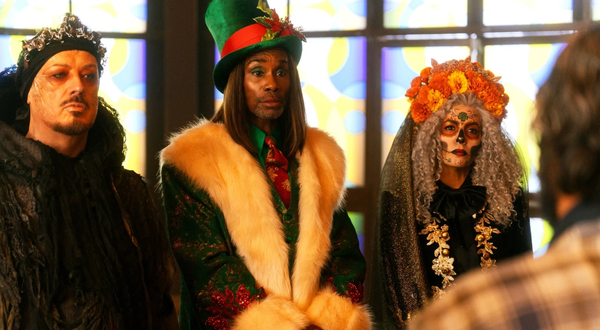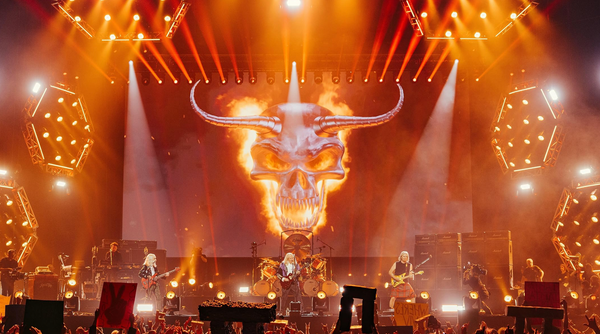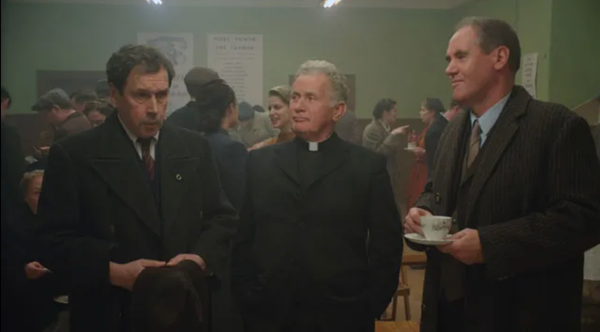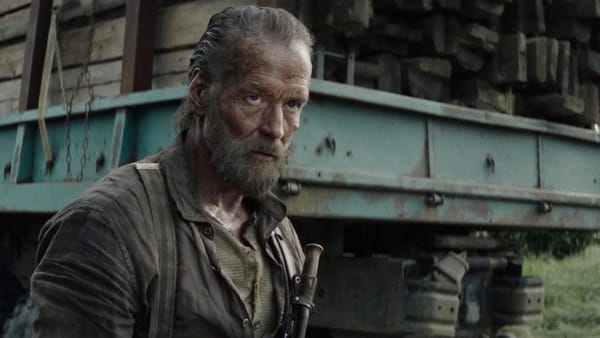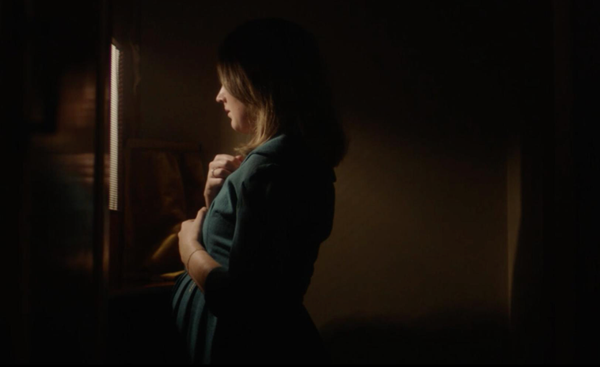Khushi Jain gives her take on 90s rave culture short as she attends Into the Silence premiere.
On a typical Dublin evening, with the city hungover from afternoon showers, 1 Windmill Lane played host to a cinematic rave, straight from the 90s. Monochromatic Polaroids, blue and purple lights, the thrum of music and the feeling of just letting go.
It’s New Year’s Eve 1993, and Alex (Louis Martin) and Bastien (Daniel Soluns) believe that they are about to have the night of their lives. This is how Into the Silence begins. Directed by 21-year-old Cork-based filmmaker Michael Antonio Keane, the short film is a trip back in time, both visually and musically, to the rave scene of the era. With an almost exclusively student crew, it explores the power music had (and still has) in shaping the lives of young people. The film is made exceptional by the magic of its stellar cinematographer Fiachra Cotter Ó Cúlacháin, and production and wardrobe designer Greta Thornton.
Into the Silence became the first film to premiere at the iconic Windmill Lane Recording Studios. The screening was preceded by a short reception and followed by a Q&A and behind-the-scenes documentary. The film has been selected to play at the Mallow Arts Festival and the Underground Cinema International Film Festival.
The plot follows Bastien, an amateur DJ, and his best friend and musical mentor, Alex. Through these two boys, we see how raves were risky and reckless, but could also be radiant and remarkable, and sometimes even recuperative. After what they believe is the best night of their musical careers, Bastien and Alex find themselves in a grimy bathroom; Bastien is puking his guts out and Alex is holding his hair (metaphorically). On waking up the next morning, dazed, confused and exhausted, Bastien fills the gaps in his memory only to realise that he has lost his friend.
Alex is, in more ways than one, music personified. He is the antithesis to Bastien’s worried and cautious parents. He is the encourager and perhaps even the muse. It is through music, then, that Bastien makes sense of a great tragedy. In a flashback scene, Bastien is seen holding a cassette with the words ‘For Alex’ on it. This moment, although from the past, is a testament to the boys’ future; Bastien will keep making music and Alex will always be a part of it.
All music featured in the film is original, created by Gabriele Liotta and Michael O’Sullivan, with Daire Smiddy’s sound design. The aural make-up is fresh while also being nostalgic. DOP Cotter Ó Cúlacháin’s work with the camera is grainy, intimate and free. After found footage and old recordings, the cinematographer recreates a 90s rave with a strict palette of cool tones – greens, blues and purples. Warm lights are reserved for the spotlighting of characters and domestic spaces. Scenes are reminiscent of Trainspotting and Aftersun, and give the film a chaotic yet poignant look. Thornton’s production and wardrobe design is similarly noteworthy for its fidelity to the period setting. Bringing everything together is editor Ronan Murphy, somehow managing to stitch a respectable narrative from a plot with a bit too many temporal jumps.
Bastien and Alex are played by young performers, both of whom already had a proclivity for music. Daniel Soluns, an actor in the infancy of his career (he only recently finished his Leaving Cert), embodies the innocence and pain of Bastien. Louis Martin, with a buzz-cut and devil-may-care attitude, dissolves into Alex with ease. There is potential for chemistry between Soluns and Martin, and Keane does his best to harness it.
Into the Silence packs in a lot, perhaps a little too much. It has its wins and losses, but more than anything, it is a project soaked in ambition and a passion for storytelling. The young creatives behind it paint a very hopeful picture for the future of Irish cinema.
Into the Silence screened at Mallow Arts Festival 23rd–27th of July, and will feature at Underground Cinema Film Festival 6th–7th of September 2025.

